Plant virus nanoparticles home in on the lungs to help prevent the spread of cancer.


Plant virus nanoparticles home in on the lungs to help prevent the spread of cancer.

While AI has proven itself to be extremely capable in discerning optimal chemical structures, synthetic feasibility remains a challenge.

An asynchronous and self-adaptive flyer can adjust the frequency and amplitude of its wings under specific external disturbances.
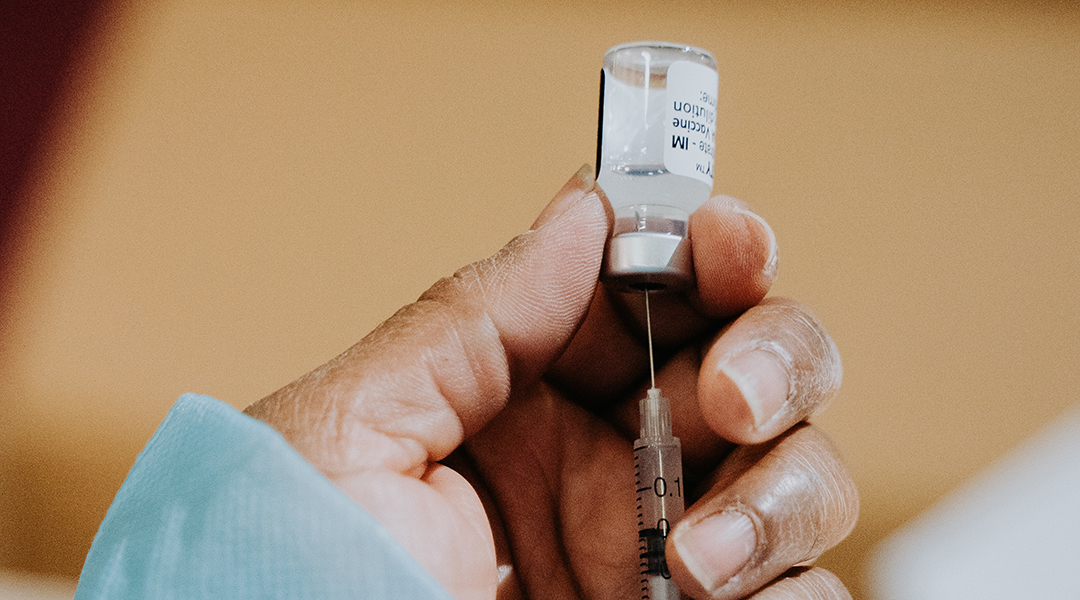
Two vaccines in early development are stable under high temperatures and could be game changers in global vaccine equity.

This implantable device acts as mechanical support for damaged tendons and mimics the bioelectrical cues usually provided by collagen during wound healing.
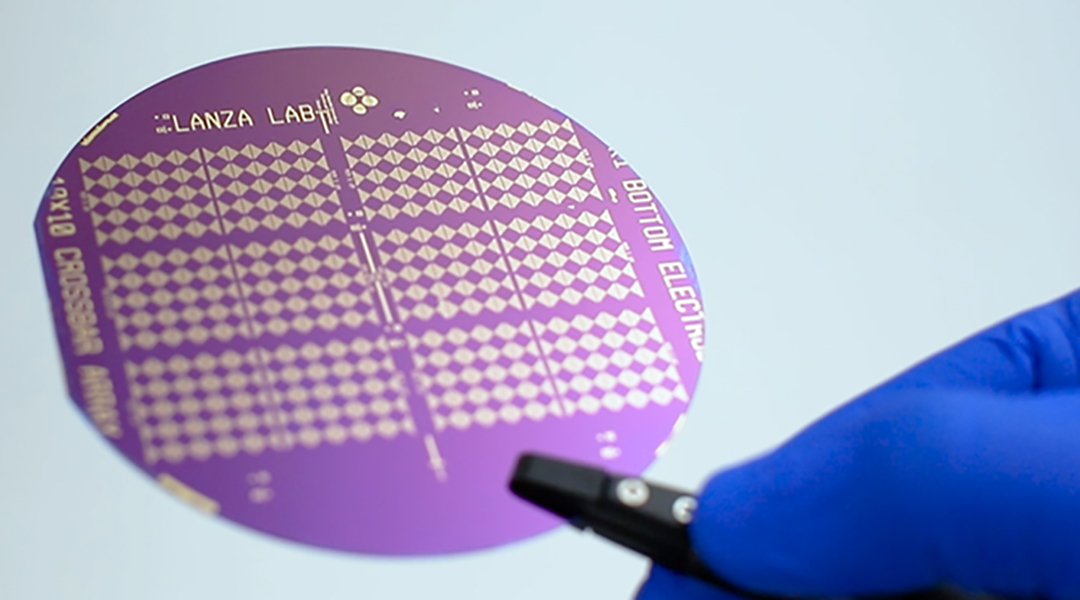
Using atomically-thin 2D films, researchers have developed a nano-scale random number generator with enhanced long-term stability and reduced power consumption.
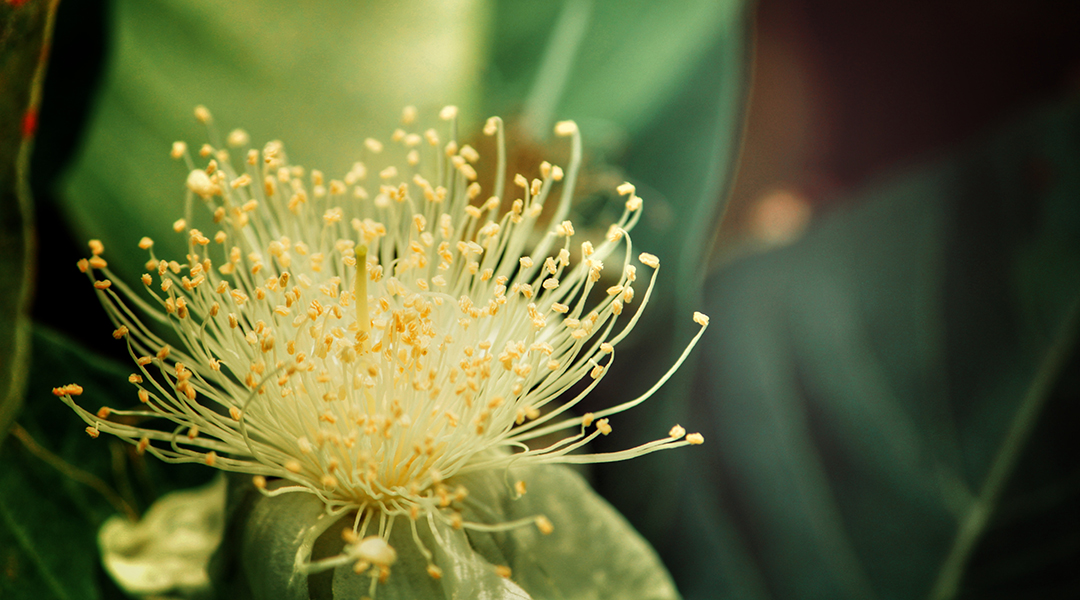
A pollen-based ink opens doors for advancements in 3D bioprinting.
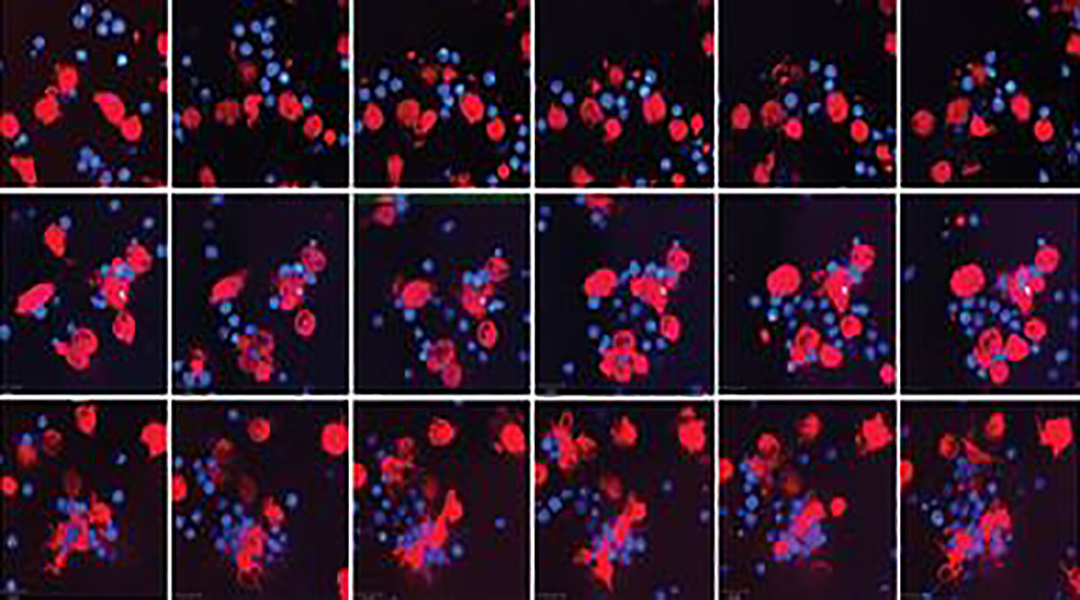
Dendritic cell vaccines offer a unique opportunity in biomedicine, and limitations in efficacy can now potentially be overcome using graphene oxide nanosheets.

A new machine learning algorithm called “Active Learning” could help identify the best materials for any desired application.
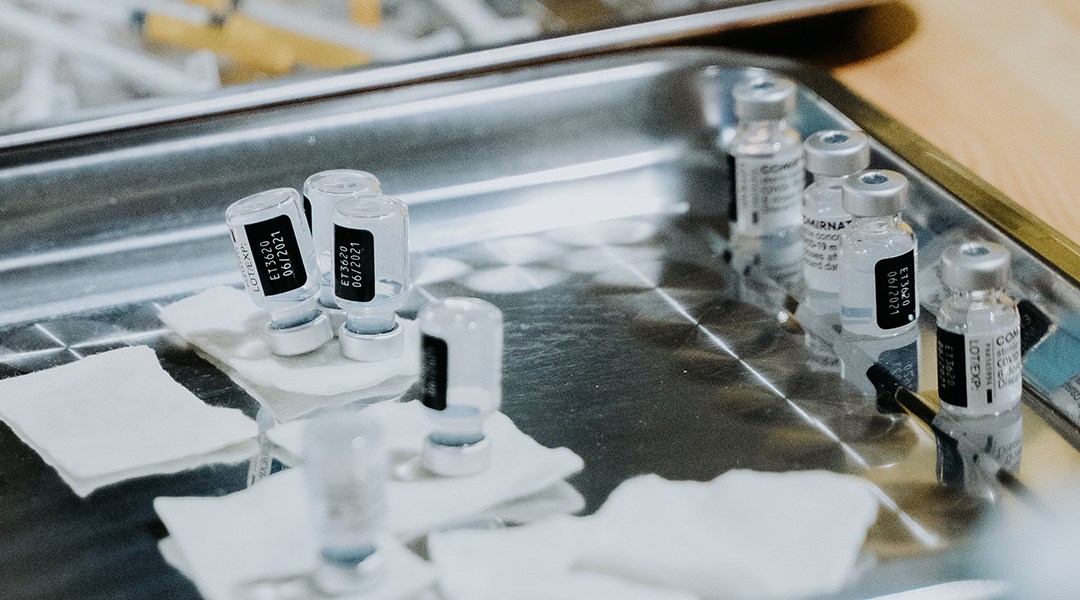
COVID-19 is unlikely to be the last coronavirus to spill over to humans. Scientists are working to make a universal vaccine to combat future outbreaks.